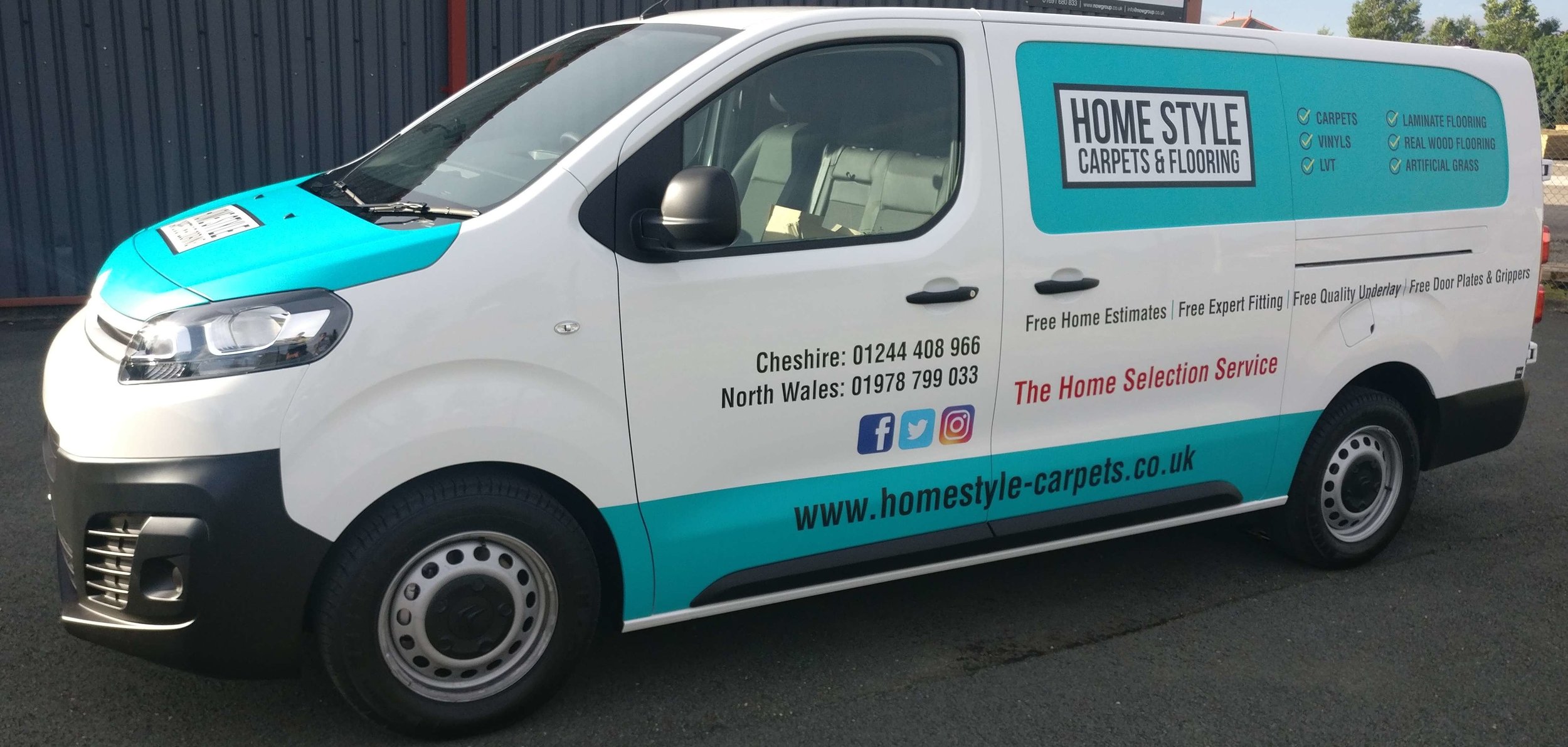Can you install LVT over concrete?
/Yes, luxury vinyl tiles (LVT) can be installed over concrete provided you follow the correct installation procedure.
What is the best type of flooring to put over concrete?
There are many types of flooring that can be put over concrete, including wood, carpets, tiles, laminate and LVT. The best flooring to use depends on a number of factors, including looks, durability, cost and ease of maintenance.
LVT fulfils all of the above criteria, they are made to last a long time, are available in a wide choice of colours and styles, and are easy to clean and maintain. LVT tiles may not be the cheapest flooring option, but they will not wear out as quickly as cheap flooring, which makes their lifetime cost more economical.
It is recommended to use high-grade vinyl over concrete, as it is thicker, will last longer, and will feel more comfortable to walk on thanks to its cushioning effect.
How is the concrete prepared?
It is important that the concrete subfloor is clean, smooth and level. First of all, the concrete floor needs to be swept and vacuumed thoroughly to remove all dirt and debris. Any irregularities in the concrete need removing. The floor then needs to be treated with a screed, which is a thin layer of cement paste which makes the subfloor smooth and level. This is a skilled job best left to a professional experienced installer.
Do you need an underlay?
Some vinyl tiles have inbuilt underlay, so no extra underlay is required for these types of LVT. For LVT that does not have its own underlay, an underlay manufactured especially for LVT is recommended. This underlay is usually thinner than that used for laminates and carpets.
You may try to save costs by not using underlay for LVT installed on concrete, but there are several advantages to using it. Underlay can reduce noise by up to four decibels. LVT with underlay feels softer and is warmer, making it especially suitable for homes where people like to go barefoot.
You can discover more about LVT and underlay in this previous blog we’ve written.
Does the LVT need to be stuck down or can it be laid loose?
LVT can be glued on top of concrete, but can also be laid without glue. Glued-down LVT involves using an adhesive covering the concrete on which the tiles are laid. There are two glue methods: hard set and pressure-sensitive.
Hard set gluing fixes the tiles or planks firmly in place. This is recommended for high-traffic areas, especially in commercial buildings where lots of people walk on the floor every day. It is also suitable for floors where wheeled equipment is used such as wheelchairs, shopping trolleys, and gurneys. Bear in mind that a hard set floor installation makes it more difficult to replace tiles.
Pressure sensitive gluing uses an adhesive that makes the floor sturdy, yet it is easier to remove tiles. This is beneficial for areas that wear unevenly. Instead of replacing the whole flooring, only the section of the worn floor can be replaced. Some types of LVT tiles or planks have inbuilt pressure sensitive adhesive, which makes them easier to install.
Both hard set and pressure sensitive installations are suitable for fixing LVT to concrete.
Floating vinyl flooring uses no or little adhesive, because vinyl is loosely laid on the floor. Often, the tiles of planks around the perimeter of a room are glued down and the rest laid loosely. Gluing the perimeter tiles makes sure that the rest of the planks stay in place.
Click vinyl flooring uses planks or tiles that can be snapped together in place with a click-lock system that holds them together. They are usually laid without glue.
Glued down or floating LVT both work well with concrete subfloors. Your flooring installer will advise you on which is best for your particular installation.
What is the best thickness of LVT to install over concrete?
The thickness of the LVT is influenced by how they are installed. The most popular thickness for glued down flooring is 2nn to 3mm, though thicker tiles are available. Loose lay vinyl tiles are typically 5mm thick, with click vinyl flooring about the same.
Very thin vinyl will generally not last as long as thicker types, but can be cheaper. It is recommended to use thick, premium quality LVT flooring if you want the floor to last a long time.
How long will LVT last on top of concrete?
The average LVT flooring lasts between 10 to 20 years or more when laid on top of concrete. To maximise the life of LVT, it is important that it has been installed by experts and is cleaned regularly.
Premium grade LVT will come with a guarantee, which can be ten years or more. LVT in commercial locations with heavy foot traffic will need to replaced more often.
Is LVT on concrete waterproof and flood proof?
LVT is water-resistant and suitable for high-moisture areas such as kitchens and bathrooms. If, as weather forecasters predict, the UK is to experience more floods in the coming years, then depending on the severity of the flood, LVT floors installed on concrete may or may not survive.
If the flood is not severe and only a few planks or tiles are affected, stained or damaged, they can be replaced. If the planks have been glued, water may seep into the joints and wash the adhesive away. This can easily be fixed by regluing the LVT. Click vinyl flooring should not allow water to pass through the joints.
Water may seep through the floor edges. If water is directly on the subfloor concrete, the floor must be thoroughly dried before any LVT is replaced. In the case of a severe flood, the LVT may need to be removed and the concrete floor dried out otherwise the subfloor could be damaged or mould can grow,
LVT flooring is a good choice of flooring if you want an attractive, long-lasting floor that is easy to clean. Many homes and commercial properties have concrete floors. Unless you love the industrial look of bare concrete, covering a subfloor with LVT is a good option.

